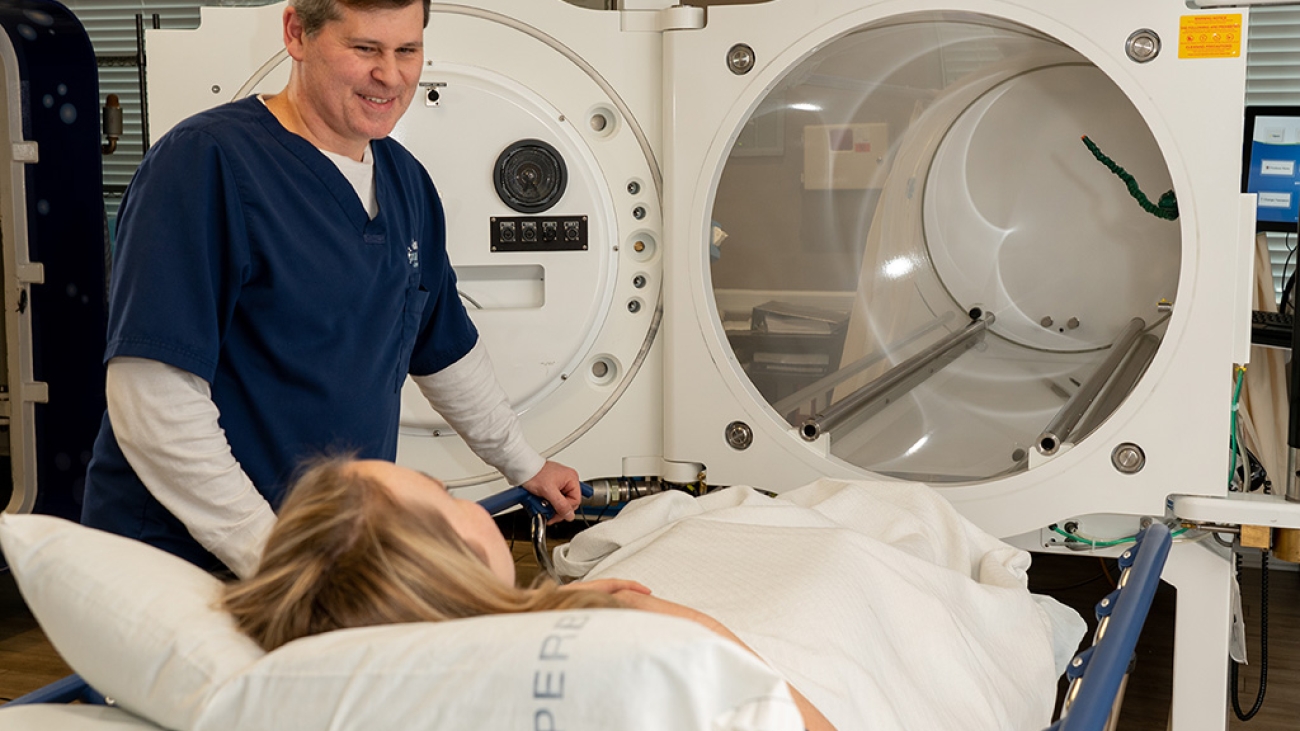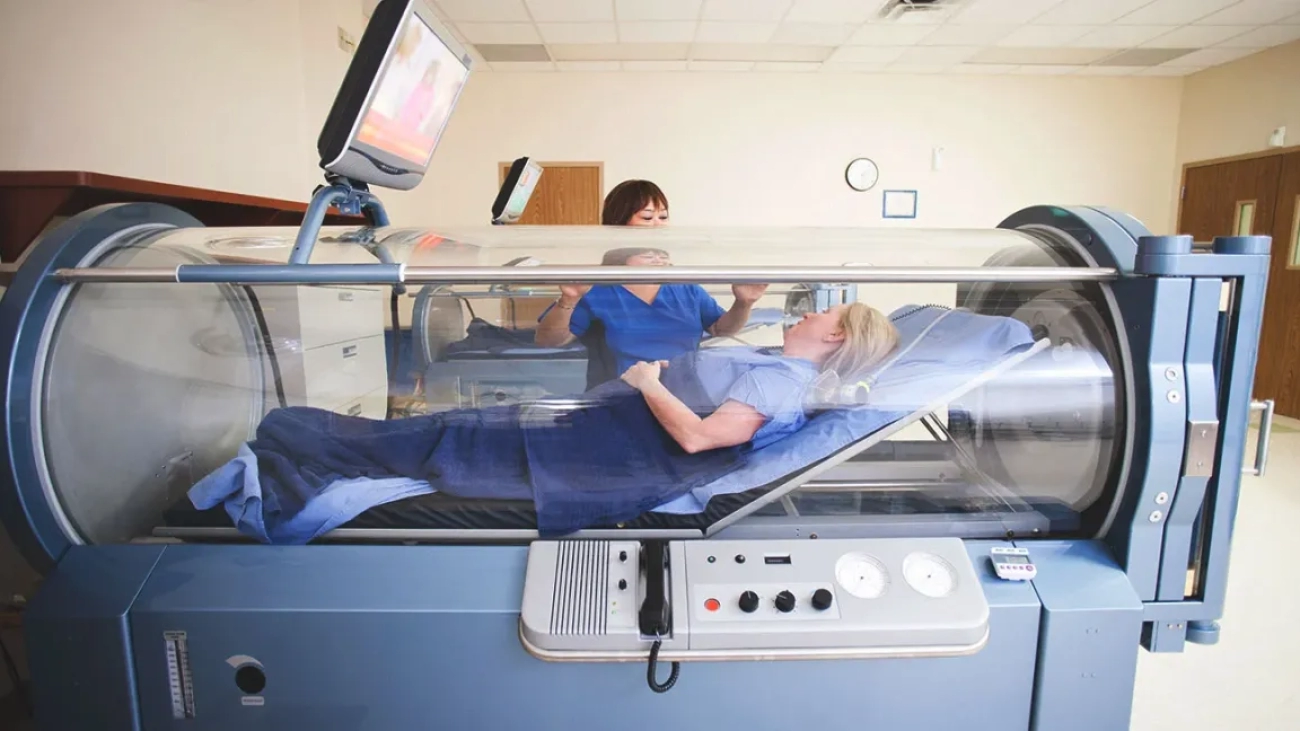Hyperbaric Oxygen Therapy (HBOT) is gaining traction as an invaluable tool in post-surgical recovery. At Under Pressure Hyperbarics, we’ve witnessed firsthand how HBOT can significantly enhance healing and reduce complications for patients recovering from various surgical procedures. This blog explores the mechanisms behind HBOT’s effectiveness in post-surgical scenarios, its benefits, and the types of surgeries that can benefit from this advanced therapy.
Understanding HBOT in Post-Surgical Recovery
Mechanism of Action
HBOT involves breathing 100% oxygen at increased atmospheric pressure in a specialized chamber. This process significantly improves the patient’s blood oxygen saturation, delivering more excellent oxygen to tissues. For post-surgical patients, this means enhanced cellular functions vital for healing, including fibroblast activation, collagen production, and angiogenesis—forming new blood vessels.
Accelerating Healing Processes
Reducing Inflammation and Swelling
One of HBOT’s primary benefits in post-surgical recovery is its ability to reduce inflammation and swelling. By enhancing oxygen delivery to damaged tissues, HBOT helps to reduce fluid buildup and decrease swelling more rapidly than would typically occur, allowing for quicker wound healing and reduced pain.
Stimulating Collagen Production
Collagen is a critical protein in wound healing, providing skin structure and strength. The increased oxygen levels provided by HBOT stimulate fibroblasts—cells that play a crucial role in healing—to produce collagen at accelerated rates, thereby speeding up the wound-healing process.
Promoting Angiogenesis
HBOT encourages the formation of new blood vessels in healing tissues, which improves blood flow to areas that need it most. Enhanced blood flow delivers vital nutrients and removes waste products from the wound site, further promoting healing.
Reducing Complications
Minimizing Infection Risk
HBOT has been shown to boost the body’s immune response, which can help prevent infections, a common complication after surgery. The high oxygen levels at the wound site create an environment less favorable for bacteria that thrive in low-oxygen conditions.
Enhancing Antibiotic Efficacy
For patients requiring antibiotics post-surgery, HBOT can increase the efficacy of these drugs. The elevated oxygen levels can help antibiotics work more effectively, particularly those that require oxygen to be efficacious.
Types of Surgeries That Benefit from HBOT
Orthopedic Surgeries: Patients recovering from joint replacements or bone fracture repairs can benefit from HBOT’s ability to accelerate bone healing and reduce the risk of complications such as infections or bone non-union.
Plastic and Reconstructive Surgeries: For those undergoing surgeries that involve skin grafts or flaps, HBOT can significantly enhance graft survival, improve outcomes, and decrease recovery time.
Abdominal Surgeries: Patients who undergo abdominal operations can benefit from HBOT, which can heal incisions faster and reduce the potential for abdominal infections.
Conclusion
The role of HBOT in post-surgical recovery represents a paradigm shift in how we approach healing and rehabilitation. Its ability to enhance the body’s natural healing processes shortens recovery times, improves overall outcomes, and reduces the risk of post-operative complications. At Under Pressure Hyperbarics, we are committed to providing our patients access to state-of-the-art HBOT technology and the highest standards of care.If you or a loved one are preparing for surgery or are currently in the recovery phase, consider HBOT as a means to enhance your healing journey. Contact us at Under Pressure Hyperbarics to learn how this therapy can be integrated into your post-surgical recovery plan, helping you return to total health more quickly and effectively.









